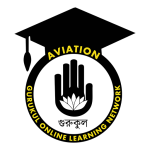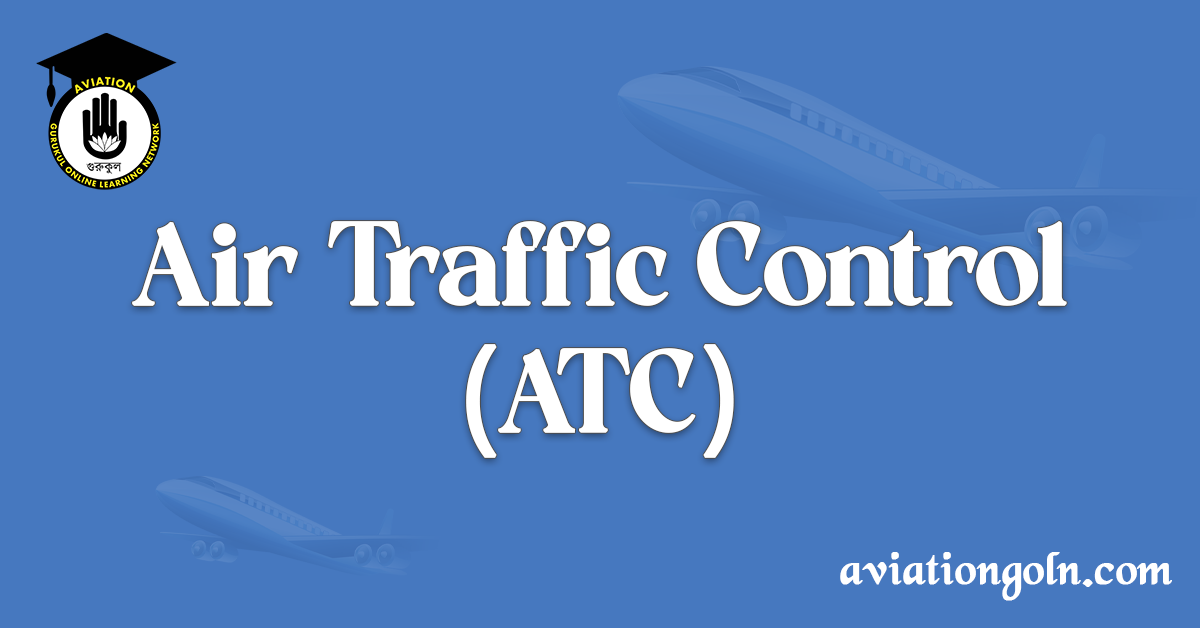Imagine the sky as an invisible network of highways. Aircraft of all shapes and sizes traverse these paths, buzzing with activity round-the-clock. From takeoff to landing and everything in between, each movement is closely monitored and controlled. This complex and indispensable system that ensures safety and order in our skies is known as Air Traffic Control (ATC).
Air Traffic Control (ATC)

Defining Air Traffic Control (ATC)
ATC is a service provided by ground-based personnel who manage the safe and orderly flow of aircraft on the ground and in the air. This includes coordination for takeoff, landing, and taxiing on the airport’s ground, as well as guidance while an aircraft is airborne. It is the responsibility of ATC to prevent aircraft from colliding with one another, both in the air and on the ground, and to facilitate an efficient flow of traffic.

The Structure of Air Traffic Control
ATC is structured into several different types of services, including:
- Tower Control: This refers to the control tower at airports, which handles traffic on the ground and in the immediate vicinity of the airport. Tower controllers manage all takeoffs, landings, and ground traffic.
- Approach and Departure Control: These controllers manage aircraft within a larger airspace around the airport. They ensure the smooth transition of aircraft from the en-route phase to the final landing phase (approach) or from the departure phase to the en-route phase (departure).
- En-Route Control (Area Control Centers): This service manages aircraft during the cruise phase of their flight. Controllers monitor aircraft to ensure they maintain safe distances from each other, which often involves adjusting flight paths and altitudes.
- Flight Service Stations: These facilities provide pilots with information, including weather updates, changes in air traffic control, and other flight advisories.

Role of Air Traffic Controllers
Air Traffic Controllers are highly trained professionals whose role is central to the functioning of the aviation industry. Their primary responsibilities include:
- Traffic Management: Controllers ensure a smooth flow of traffic by organizing aircraft movements. This involves sequencing departures and arrivals, directing ground traffic, and managing aircraft in the air.
- Collision Prevention: One of the most critical roles of an air traffic controller is to prevent collisions both in the air and on the ground by maintaining a safe distance between aircraft and ensuring aircraft stay clear of obstacles.
- Providing Information: Controllers regularly provide pilots with vital information such as weather updates, navigation guidance, and other flight-related data.
- Emergency Handling: In case of emergencies, air traffic controllers are responsible for coordinating rescue efforts and providing assistance to pilots.

The Tools of the Trade
ATC relies on a sophisticated set of technologies and tools to manage and control air traffic effectively. These include:
- Radar: Radar is used to detect the presence, direction, distance, and speed of aircraft. It serves as the eyes of the ATC system, particularly for controlling en-route and approach-departure traffic.
- Radio Communication: Two-way radio communication is the primary means for controllers to communicate with pilots. Each airport or airspace has specific frequencies on which instructions are given and received.
- Computer Systems: Modern ATC uses advanced computer systems to process and display real-time data about aircraft positions, flight paths, weather, and other information.
- Satellite Systems: Satellite-based systems such as the Global Positioning System (GPS) provide accurate navigational data. New technologies like Automatic Dependent Surveillance-Broadcast (ADS-B) use satellite data to provide even more precise aircraft location information.

The Importance of Air Traffic Control
ATC plays a crucial role in the aviation industry, without which safe and efficient air travel would not be possible. Here’s why ATC is so essential:
- Safety: The primary role of ATC is to prevent collisions between aircraft in the skies and on the ground. By doing so, they significantly contribute to the overall safety of air travel.
- Efficiency: ATC facilitates efficient traffic flow. By coordinating aircraft movements, they help minimize delays and congestion, thus saving time for passengers and reducing costs for airlines.
- Order and Organization: With thousands of flights in the air at any given time, ATC helps maintain order in the skies. They ensure that all aircraft follow predetermined routes and altitudes, making the complex world of aviation manageable.
- Emergency Support: In the event of an emergency, air traffic controllers can provide critical support, guiding a distressed aircraft to safety, or coordinating search and rescue efforts.

Air Traffic Control: A Career
A career as an air traffic controller can be highly rewarding. It requires a specific skill set, including excellent spatial awareness, decision-making skills, and the ability to work under pressure. There is rigorous training involved, and in many countries, a strict selection process. But once qualified, air traffic controllers play a vital role in the aviation industry, ensuring the safety and efficiency of air travel.

Air Traffic Control is an invisible force that guides every flight from departure to destination. It’s a complex, technology-driven service that requires precision, quick decision-making, and an unwavering commitment to safety. ATC is the lifeblood of the aviation industry, and without it, the orderly movement of aircraft we see today would not be possible. For those navigating the skies, the voice of air traffic control is the guiding light that leads them safely to their destination.
See more:
